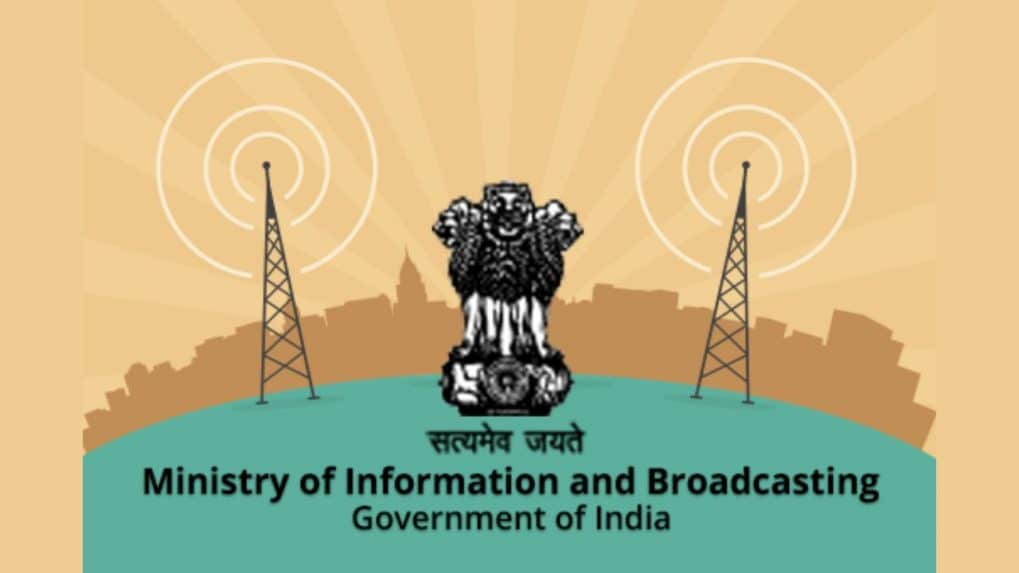MIB, Maharashtra fast-track IICT development; University VCs meet AVGC stakeholders
IICT aims to bridge skill gaps in AVGC-XR; education leaders explore curriculum, course duration, and tech-readiness.
ADVERTISEMENT
The Ministry of Information and Broadcasting (MIB) and the Government of Maharashtra are expediting the development of the Indian Institute of Creative Technology (IICT), to be established at Film City in Goregaon, Mumbai. Vice Chancellors from multiple Maharashtra universities recently convened with key stakeholders from the AVGC-XR industry. The discussions centred around academic structures, industry expectations, and talent development pathways.
The IICT, envisioned as a premier hub for creative education and innovation, is modelled on the lines of the IITs and IIMs, and is expected to offer world-class training for professionals in the Animation, Visual Effects, Gaming, Comics, and Extended Reality (AVGC-XR) sectors.
The central government has already sanctioned ₹391 crore for the project, which forms part of a broader national strategy to nurture talent in the rapidly growing digital content and immersive media space. A Memorandum of Understanding (MoU) was recently signed between the MIB and the Maharashtra government, reaffirming a shared commitment to building the IICT as a globally competitive institution.
As part of the groundwork to align academic initiatives with industry demands, multiple Universities in Maharashtra are working towards developing a framework for IICT courses.
"Vice Chancellors were primarily looking to understand the video game industry from an IICT perspective—how it's evolving, what the talent needs are, and what educational gaps exist," said Sridhar Muppidi, Chairperson of the Game Developer Association of India (GDAI). "It was encouraging to see that their interests closely aligned with industry concerns."
Muppidi added that GDAI has proposed introducing a three-semester elective in engineering colleges focused on video game development, in addition to exploring one- to two-year Master’s programs. These initiatives aim to attract high-IQ students and promote strong, project-based learning.
Read More: Maharashtra, MIB to sign MoU for 240 acre creative hub development in Mumbai
Other stakeholders privy to the development told Storyboard18 that the government of Maharashtra is having active discussion about course duration, content packaging, and structure. A stakeholder on condition of anonymity said "But with technology—especially AI—changing so rapidly, there's concern over creating long-term courses that may become outdated by the time students graduate."
He further said, "The focus is shifting toward foundational and discipline-based learning—skills that remain relevant over time. Instead of training students on specific tools, the idea is to equip them with core principles that can adapt as technology evolves. Simultaneously, there’s discussion about short-term, finishing-school style programs to meet immediate industry needs."
The stakeholders collectively pressed about the need for skilled talent. The stakeholders from multiple sectors highlighted the existing talent gaps and emphasized that while the industry can absorb some of the workforce, the goal should be to produce entrepreneurial, high-quality creators—people who can start their own ventures and not just look for jobs.
Storyboard18 had earlier reported that the Ministry of Information and Broadcasting is also planning to open its first regional Indian Institute of Creative Technology (IICT) center at Hyderabad. The centre will be located at Hyderabad's IMAGE (Innovation in animation, Multimedia, Gaming, and Entertainment) Tower.
EXCLUSIVE: MIB to build first regional IICT centre in Hyderabad’s IMAGE Tower
While Maharashtra government will soon sign an MoU with the MIB to develop massive global creative centre on a 240-acre land parcel in Malad, Mumbai. This ambitious project follows the announcement of the Indian Institute of Creative Technologies (IICT) at Dadasaheb Phalke Film City in Goregaon, aimed at nurturing talent in the burgeoning Animation, Visual Effects, Gaming, Comics, and Extended Reality (AVGC-XR) sectors.
Union Minister Ashwini Vaishnaw had earlier announced that a $1 billion fund will be created for the creators' economy. This fund will be dedicated to ensuring that the energetic creators, who are using the latest technologies today, will be able to access capital, hone their skills, upgrade their production levels, and reach the global market.

